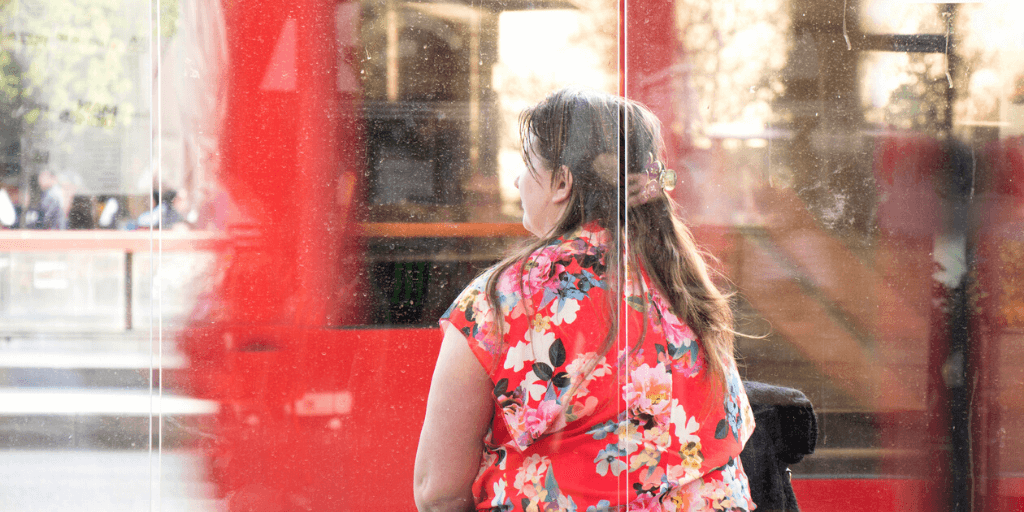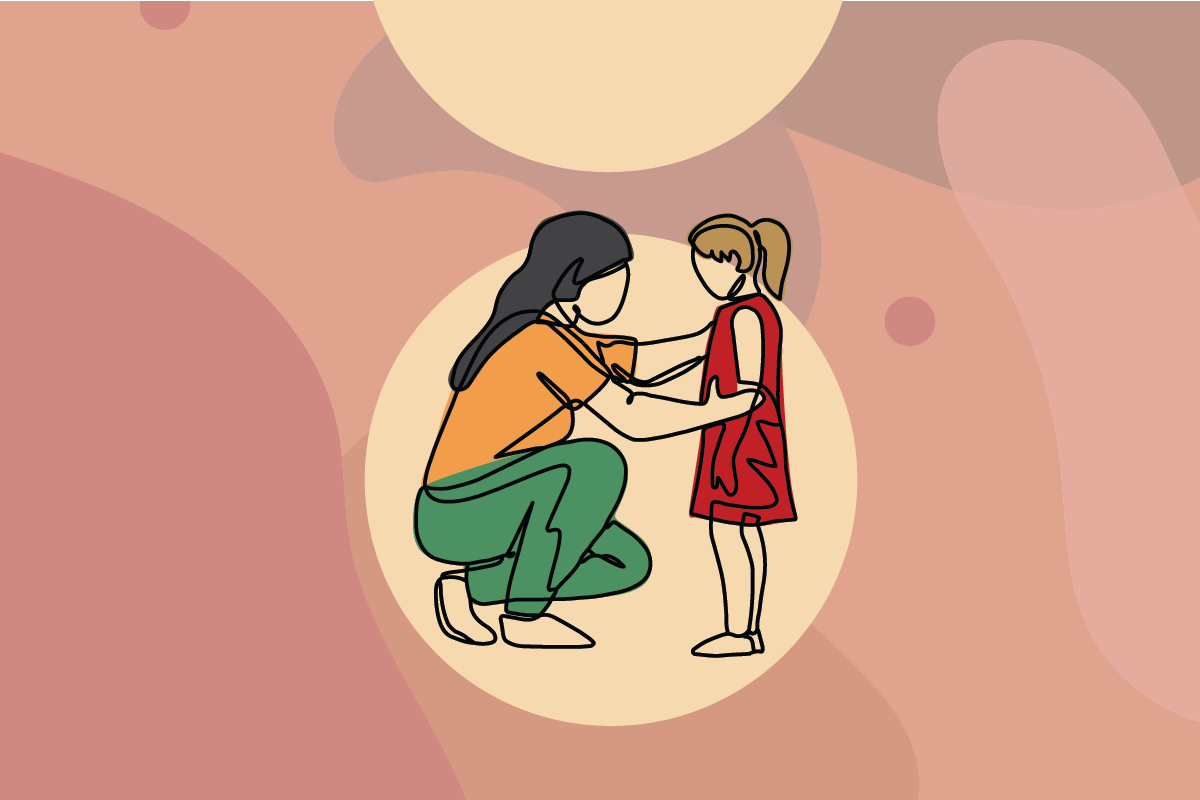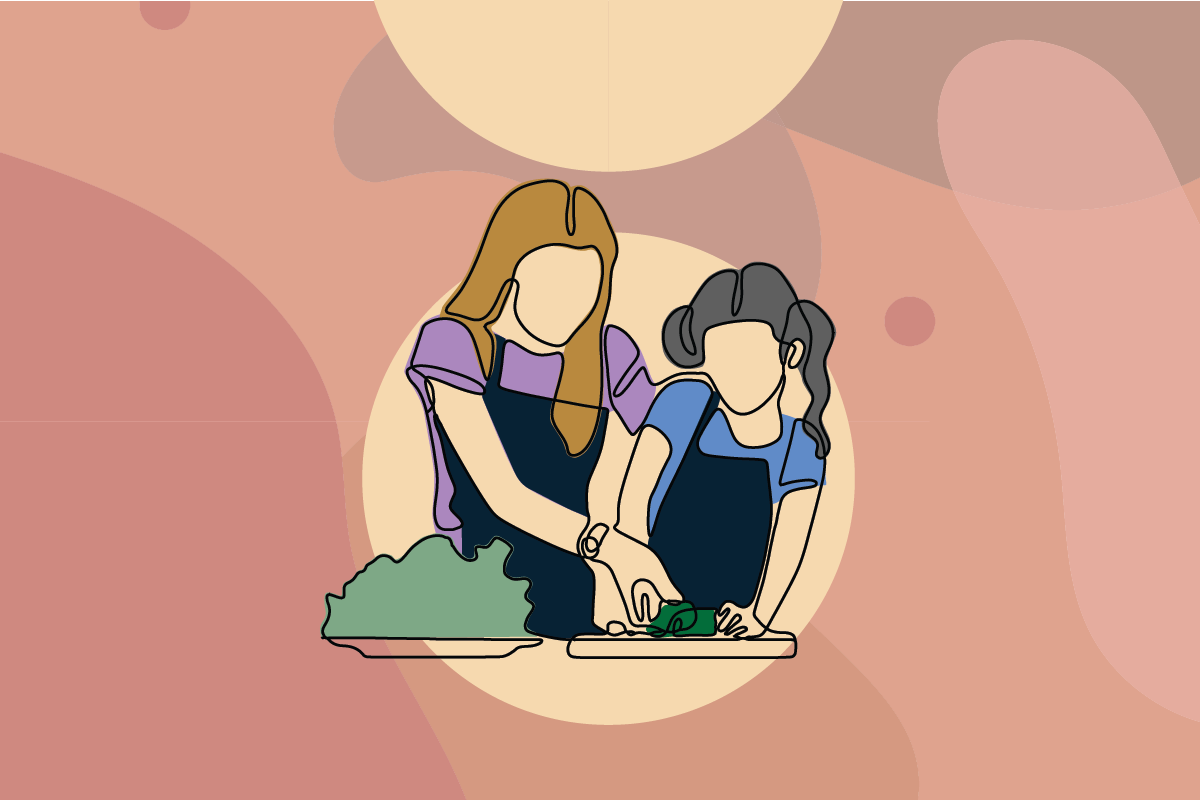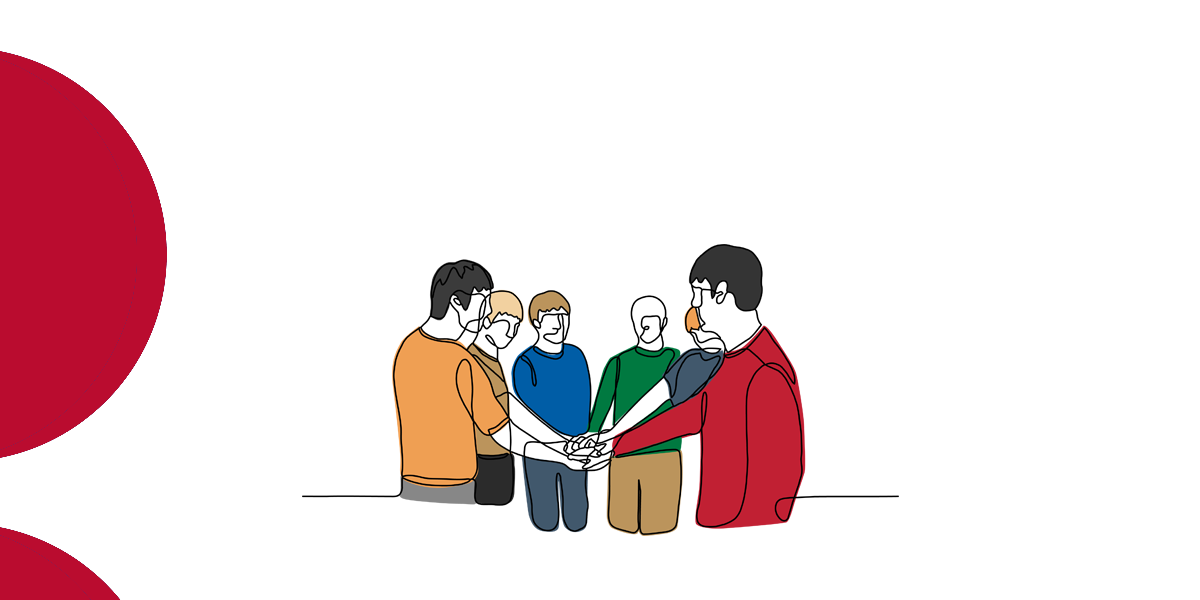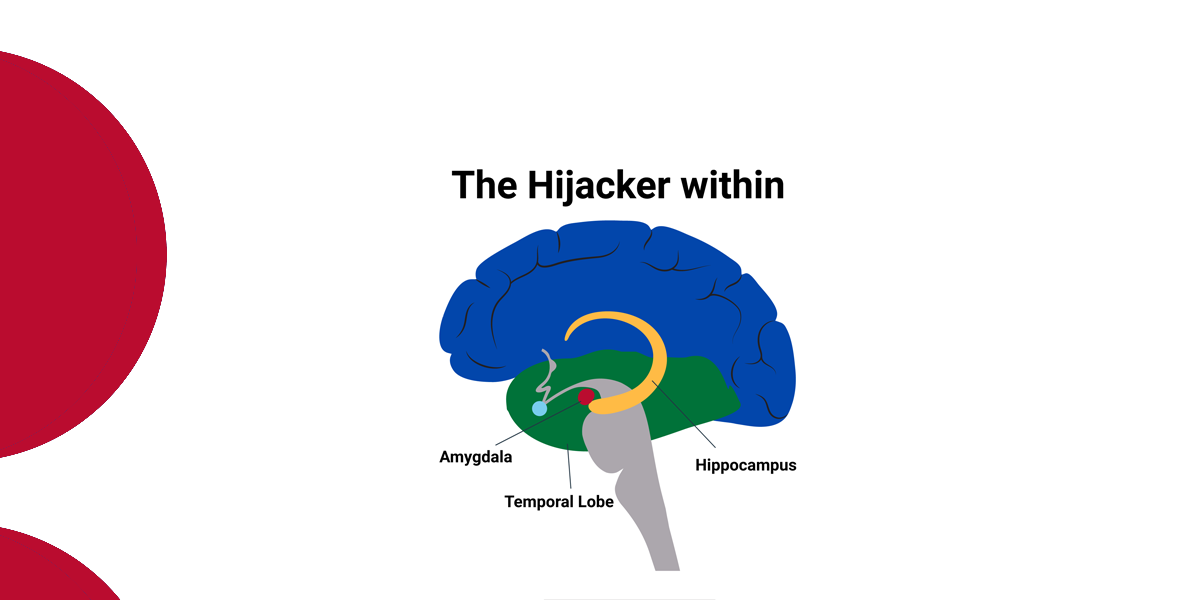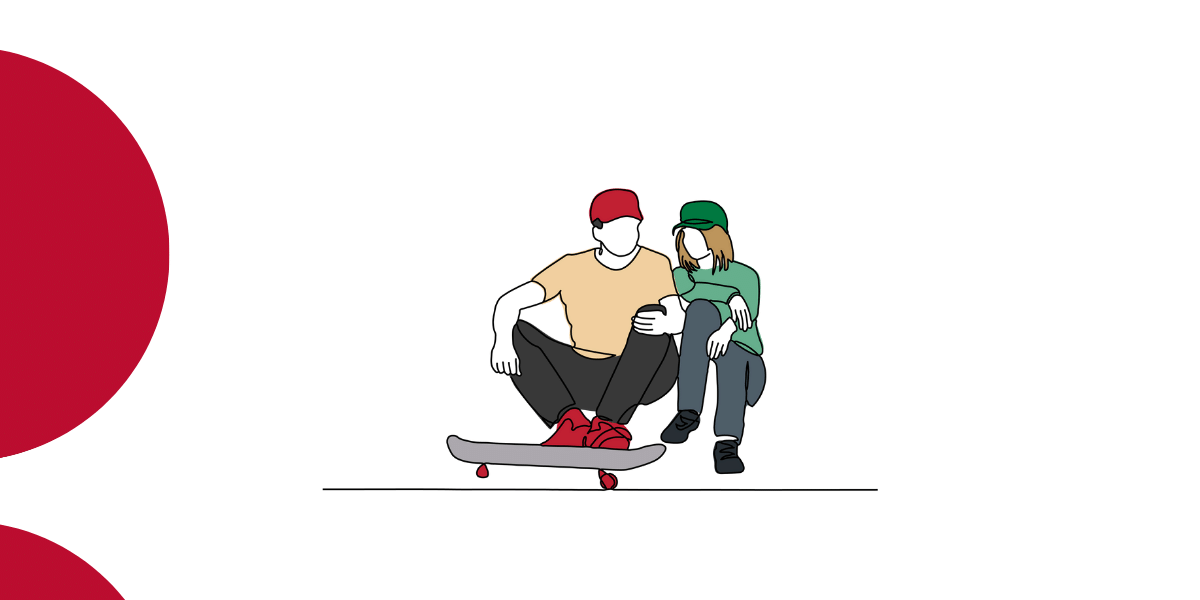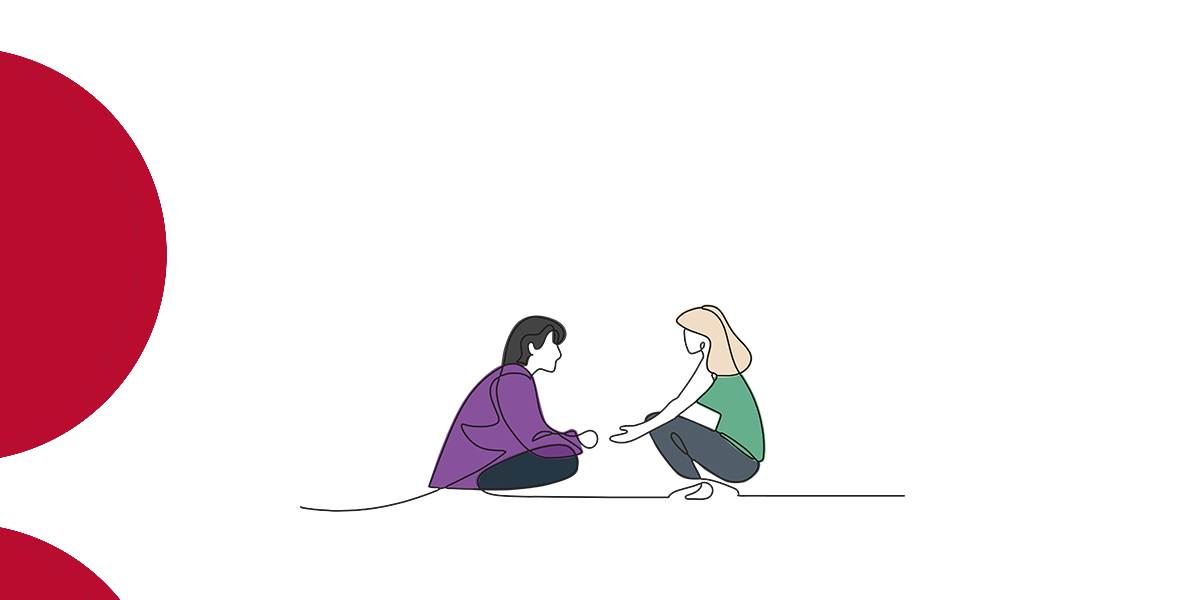What does stability in residential care mean? Part I
Feb 2020
Written by Jenna Bolllinger
Stability…can be defined as children’s feelings of connectedness and belonging that are characterised by steady emotional attachments to adults and members of peer networks
After four years working in residential care, both on the floor and as a clinician, I wanted to better understand what stability really means for young people in residential care? Can stability be achieved in residential care? And, if so, can it be reparative and healing?
My PhD research set out to answer these questions. Over the past three years, I’ve spent time speaking with residential workers and young people across New South Wales to better understand what stability means to them. I interviewed 13 staff members from various agencies, including floor staff, house managers, upper management and clinicians. I also interviewed eight young residential care leavers, aged between 18 and 24, who had had varying amounts of stability within their placements. The young people had been in residential care for between one and eight years, with a range of placement experiences.
In this first blog, I want to share what I’ve found in the research and through discussions with young people about the meaning and experience of stability in residential care.
What does the research tell us about stability in residential care?
When we think about the word ‘stability’, we probably have a sense that we know what that means. Offering a definition might be more challenging though, like defining the words ‘because’ or ‘love’. It is a word we implicitly understand, but struggle to define. The challenge with being unable to define a word is that it is hard to challenge the status quo of what it means. According to the Australian Institute of Health and Welfare (AIHW, 2018) stability for young people in out-of-home care (OOHC) means one or two placements. This means they have been in the one or two placements their entire time in OOHC. And for a large number of children and young people in OOHC, this probably is stable. They know who they live with, they know they will continue to live there, they identify as part of that family. Therefore, they are stable within that placement but do they feel connected and a sense of belonging to their family? There seem to be some pieces missing from the official definition of stability.
As workers in residential care, many of us know one or two placements may not actually mean that the young person feels connected to the family. They may not identify as part of the family or feel they are accepted as part of the family. They may not have a sense they can continue to live there, particularly if they have been told they cannot stay there once they turn 18 and age out of care.
We also know that if a young person is in residential care it is likely that they will not have had one or two foster placements, but a great number. The young people I interviewed, for instance, had experienced a range of placements from none prior to entering residential care to 32 foster care placements before entering residential care. While in residential care, they experienced from one placement to 28 placements. So, the highest number of total placements for one young person was 36, with the smallest number being two total placements.
The AIHW’s notion of stability is almost out of reach for most young people in residential care on the day they enter. But does this mean that stability is actually out of reach?
What does stability mean for young people in residential care?
Stability, according to the AIHW is a maximum of two placements over the course of a child’s life in OOHC. This is essentially how it has been operationalised in the literature. For example, Unrau (2007) completed a review of 43 studies, over multiple countries, into foster care stability and found that it was measured in a number of different ways, but always with the theme of few placements = stable, many placements = unstable. The review considered papers from the UK (n = 7), Europe (n = 3), Australia (n = 7) and the US and Canada (n = 26) completed between 1959 and 2004. Globally, stability is measured as placements-over-time with a series of outcome variables that identify whether more placements lead to worse outcomes. Spoiler alert: they do (generally).
To date, no research has examined this issue specifically in residential care. There are multiple additional layers and moving parts in residential care that make stability particularly challenging to determine. While one could implement a placements-over-time paradigm to mark stability this would be missing many pieces of the puzzle. For example, one young person I interviewed only had two placements (therefore ‘stable’), however, the first placement ended abruptly while the young person was in the hospital. The second placement was a one-to-one placement, so no other young people resided there, but the roster was almost exclusively staffed with casuals and this particular young person had no idea who would be on shift each day.
Another young person experienced only one residential care placement (therefore stable) but developed no connection to the staff or young people. This young person shared that there was no emotional involvement or connection with the staff. The staff stayed in the office for the entirety of their shifts and seemed to approach their job as being primarily about risk management (i.e.to ensure no-one physically harmed each other). This young person also had a very large number of foster care placements prior to entering residential care.
If stability is to be measured as placements-over-time, invariably a key component of what makes a young person feel stable will be missed. Some of the key components of ‘stability’ for young people who have lived in residential care were;
- feeling safe,
- having consistent staff and,
- having a consistent period of time in a placement.
In their words, these dynamics were described as:
Feeling safe
I believe that- yes OK there are a lot of children in care. I understand that. But putting two young people together who obviously are not going to be able to live with each other or anything like that as they are going to assault each other all the time or whatever the case may be… That in itself needs to be looked at a little bit.
Consistent Staff
Like when [they] don’t have to change. So you get to know one worker and they get to stay. It’s good because you know them, especially if you liked them. l used to hate having to get like new ones
… the only people you could really build a connection with were the permanent staff and you know, it was almost like you were forced to build a decent relationship with them because they were there all the time.
Time in Placement
Young people mentioned the need for time in placement, that is, for the placement to have enough duration to build a sense of connection and a sense the placement wouldn’t end prematurely:
If you want a child to be familiar as such and not act out don’t move them hours away from the placement to where they were, you know, don’t move them because they’re moving away from schools, not just schools that they have made friends, they have made friends in that area and when you’re pulling them away they have got to start again and that mentally disturbs a young person because their life is just jumbled.
Concluding thought
Stability is not really about the number the placements, but the experience of consistency, predictability and a sense of safety. So far, though, this has not been looked at in residential care by researchers. In essence, time in a placement is a necessary but not sufficient condition for stability: young people need much more than that.
In Part II of this blog series on stability, I will explore whether stability can be achieved in residential care.
Jenna Bollinger
Psychologist (B. Psych Hons, M. Psych For) and PhD researcher at Monash University
References
Australian Institute of Health and Welfare (2018). Child Protection Australia 2016-17. AIHW, Canberra.
Barber, J.G., & Delfabbro, P.H. (2003). Placement stability and the psychosocial well-beng of children in foster care. Research on Social Work Practice, 13(4), 415-431.
O’Neill, M., Risley-Curtiss, C., Ayòn, C., & Rankin Williams, L. (2012). Placement stability in the context of child development. Children and Youth Services Review, 34, 1251-1258.
Unrau, Y.A. (2007). Research on placement moves: Seeking the perspective of foster children. Children and Youth Services Review, 29, 122-137.




